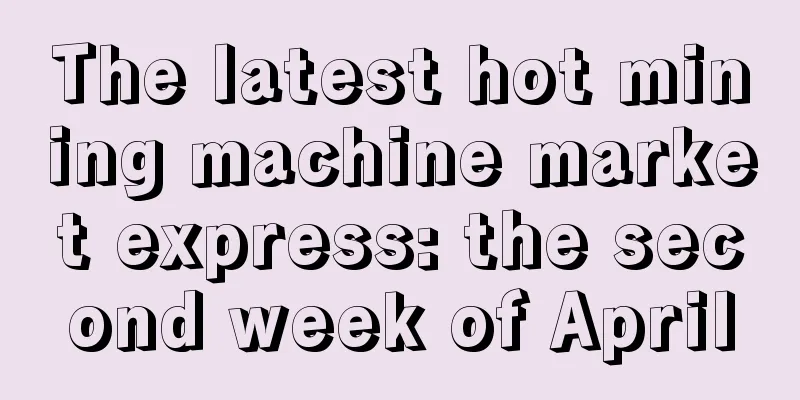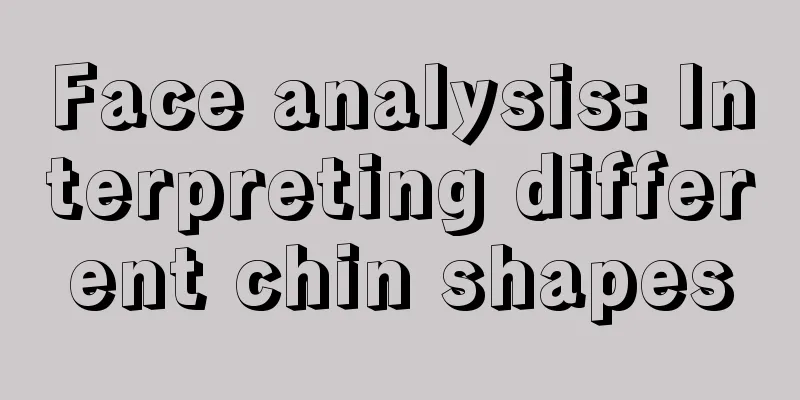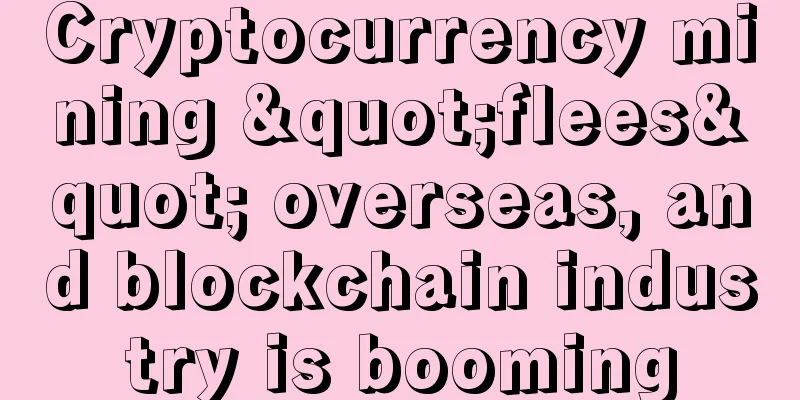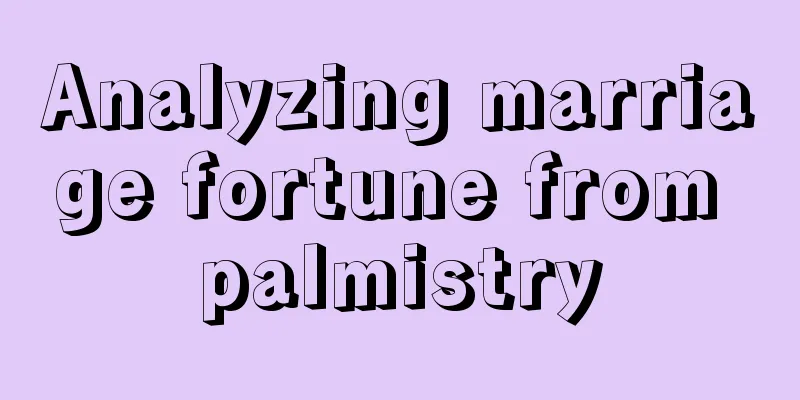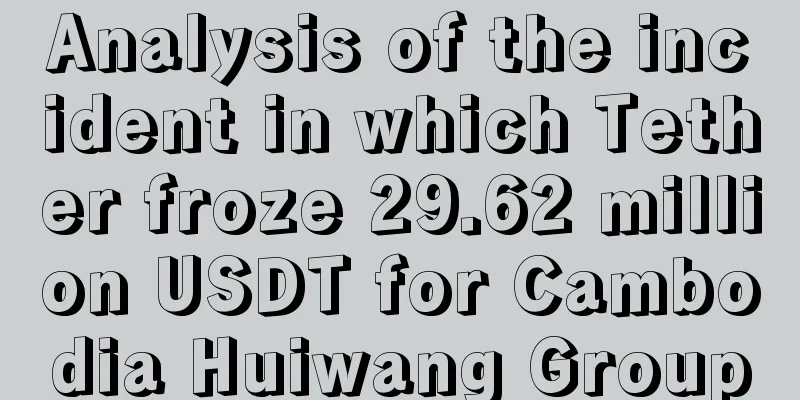The Economist: Fanatical is the eternal source
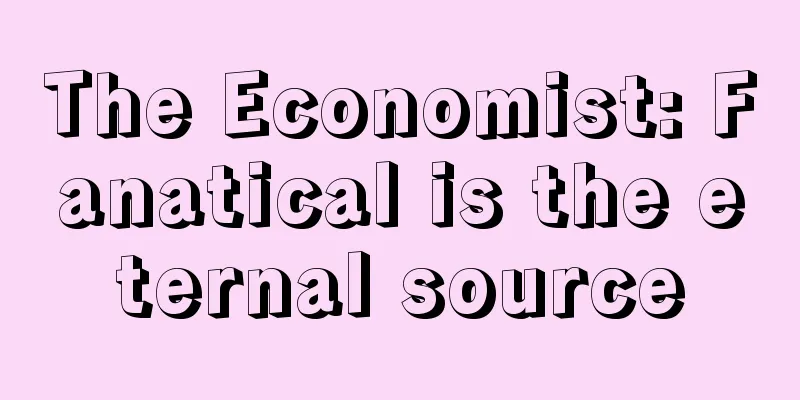
Translation: Kyle Enthusiasm is an eternal source - the future belongs to distributed ledger technology, but it is too early to popularize it In normal times, Simon Taylor’s job is to convince and reassure his colleagues at Barclays that rapid technological change will have a significant impact on the bank’s business. So it’s surprising that he may now have to temper expectations for blockchain.
Blockchain technology is the underlying technology of Bitcoin, a digital currency with a complicated history. It is an example of a "distributed ledger technology": essentially, it is not a database maintained by a single actor, such as a bank, but by multiple actors working together to maintain it. Their computer systems constantly use "consensus algorithms" to decide how to update the contents of the database, and once the changes are accepted by the entire network, complex cryptographic techniques ensure that these changes cannot be undone. Once information can be made "immortal" in this way, it can be used to prove ownership. Blockchain can also serve as the underlying technology for "smart contracts" - such as automatically executing a program embedded in a bond. In fact, it’s easy to see why bankers are so excited about distributed ledgers. Financial institutions today track assets in separate databases, but with distributed ledger technology, these institutions can share a single database. Transactions can be settled in near real time, without the need for many intermediaries. As a result, less money is locked up and delayed in transactions, reducing risk. Such ledgers are also easier to meet anti-money laundering and other regulatory requirements, after all, they provide a record of all transactions that have occurred in the past (which is why regulators are so interested in this technology - see below). In addition, embracing the technology can also make big banks appear innovative. To these eager evangelists, the technology promises to remove some of the long-standing problems in the financial system, including poorly compatible IT systems and expensive intermediaries. "For many people, blockchain is a savior," said Gideon Greenspan, founder of Israeli blockchain startup Coin Sciences. The path to that ideal world isn’t easy. One problem is what geeks call “scalability”: Today’s distributed ledgers can’t handle the sheer volume of transactions. Another is confidentiality: Cryptography allows distributed ledgers to work without leaving a trail of transactions, and the technology to preserve privacy is only now being developed. Such technical barriers can only be overcome through a high degree of collaboration among all participants. However, this is not easy to achieve in highly competitive financial markets. Some participants have already taken the first step. Now, more than 40 banks have joined R3 CEV, a startup that is jointly creating common standards. Similarly, companies such as IBM and DAH have launched the Open Ledger project to develop open source blockchain software. The Open Ledger project may have trouble integrating the various code submissions from its members. Tolga Oguz of McKinsey, a consultancy, believes such difficulties will slow the pace of adoption. In addition, many projects are still in the "proof of concept" stage. There are not many projects currently in operation. Some banks are using Ripple's technology to process cheap international remittances. In August last year, online retailer Overstock.com announced a "smart contract" platform, as did Symbiont. In January this year, the stock exchange Nasdaq launched the Linq project, a project that allows companies to issue bonds and securities. It also plans to launch a blockchain-based electronic voting service for shareholders of Estonian parent companies (listed on the Nasdaq exchange). In addition, there are some customized services. Everledger uses blockchain to record data related to diamond attributes, which can provide evidence of its owner in the event of diamond theft. Another blockchain startup, Wave, encodes documents used in the global supply chain into the blockchain, thereby reducing the risk of disputes and counterfeiting. More applications will emerge this year and next. The main targets will be independent markets: they have complex products, many participants and complicated processes. One example is syndicated loans, which can involve dozens of lenders and may take more than a month to negotiate. Symbiont recently partnered with another fintech company, Ipreo, to automate such loans through smart contracts. Another industry that will try this technology is trade finance, which involves the sale of various goods around the world and the process currently involves a lot of paperwork. Angus Scott of Euroclear predicts that it will take about 5-10 years for blockchain to be used on a large scale. In addition, he believes that disruptive startups in the field of financial technology are unlikely to lead this trend. In financial markets, the success of a technology depends on whether it can be adopted by multiple participants, and existing institutions will have a better advantage in this regard. In January, the Australian Stock Exchange set up a case in which it selected Digital Asset Holdings (DAH) to develop a blockchain-based transaction settlement system. Given the ever-delayed timelines and daunting hurdles, there’s a risk that banks will lose interest and decide to pursue less glamorous technologies. BNY Mellon, a US bank, recently decided not to pursue an attempt to use blockchain technology to simplify international remittances because it couldn’t convince enough banks to get involved. BNY Mellon’s Tony Brady said it would take “a very big effort” to make it work. It’s too early to say that blockchain is just a craze. It’s just repeating what other major revolutions have done in the past:
However, it will take some time for blockchain ledger technology to be widely adopted around the world. It is an idea that, to borrow the words of Victor Hugo, is hard to resist. |
<<: Will fragmentation kill blockchain adoption in the identity market?
>>: Two Venezuelan Bitcoin miners arrested amid ban
Recommend
"The New New Economy is a Programmable Economy" - Summary of the Blockchain Practice and Application Training Seminar
On December 17, the second session of the Blockch...
Will a woman with protruding nostrils bring bad luck to her husband? No, she will not bring bad luck to her husband.
For a person, the most important thing between hu...
6 eyebrow shapes to predict a woman's marriage luck
The best destination for a woman is to find a goo...
Diagnosing diseases through facial complexion
Purple on the face Purple when it appears on the ...
A prosperous and noble match for husband and wife
Many friends ask teacher Hongxiang whether their ...
What does a man look like? What does a very greedy man look like?
I believe that most people don't like to be w...
Look at your ears to see if you are blessed
Look at your ears to see if you are blessed The a...
Former Bitcoin Foundation Executive Director Joins Bitcoin Firm Cubits
Cubits is known as the "Bitcoin Gateway"...
[Decryption] Introduction to mining revenue model and its applicable scenarios (revised)
PPS, PPLNS, PPS+... There are so many different p...
What kind of life does the fork in the fate line represent?
There are so many lines on your hands. Although t...
What facial features will a child have when he grows up to be the most filial?
What facial features will a child have when he gr...
Observation | After Dogecoin, will Animalcoin trigger a new round of bubble?
Dogecoin, also known as "Dogecoin/Dogecoin&q...
Coinnice Trading Class: Bitcoin Contract Trading
What is Contract Trading? Contract trading is opp...
What are the characteristics of a boy with a missing section of his right eyebrow?
Facial features can affect many aspects of our ow...
Lucky moles on the 12 zodiac signs
Lucky moles on the 12 zodiac signs Mole physiogno...
